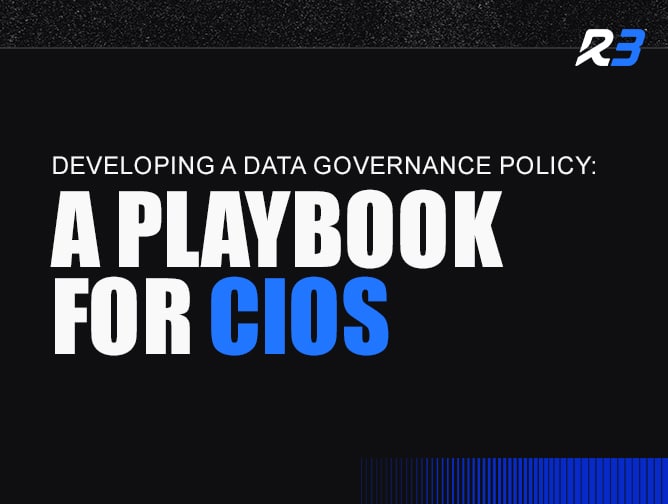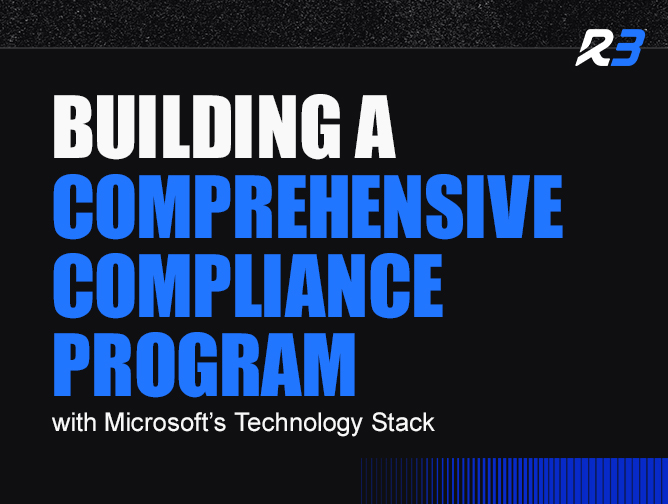Governance, Risk, and Compliance
Fisma Compliance
If your organization handles sensitive government information, the Federal Information Security Management Act (FISMA) compliance is non-negotiable. We help you meet strict cybersecurity standards so you can protect critical data while focusing on your mission.









